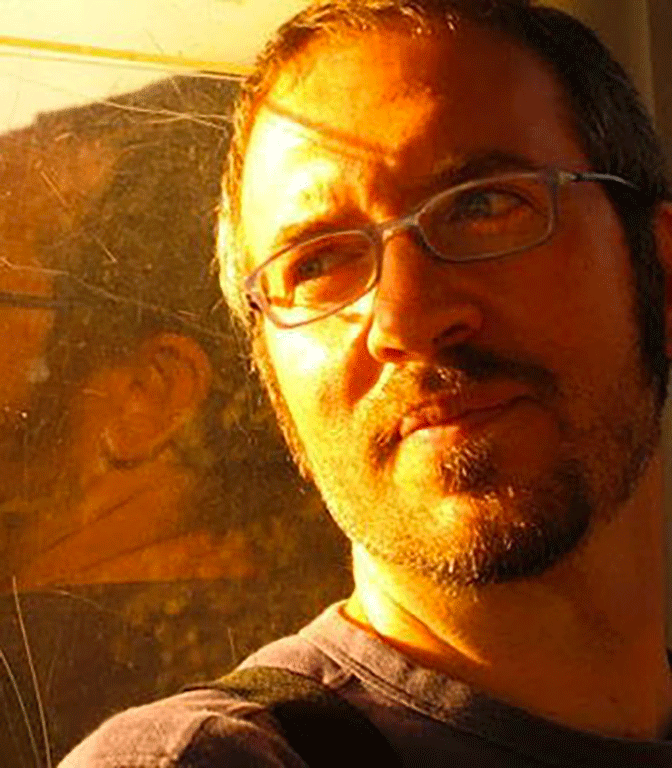
installé à Catane, où il a fondé le SoundScape Research Group, il a commencé, ces dernières années, une activité de recherche et d’enseignement concernant les aspects sonores du paysage, la musique environnementale et l’écologie acoustique. Depuis 2013, il est président du FKL-Forum Klanglandschaft.
A proposal of computational sound art, data sonification and sound treatment of static and non-static environments.Scientific research in the field of data sonification has led in recent years to developments and applications in the most diverse fields of science. Proposals for the use of data sonification as a research and analysis tool, aimed at the researcher and disciplinary teaching, now cover vast fields : medicine, geology, meteorology, geography, and social sciences, just to name a few. At the same time, in the context of sound art, artists and composers are increasingly interested in forms of interactive musical installation-composition, context-dependent, room-dependent, audience-dependent, environment-dependent, etc. Rather than being the creators of the single sound elements and their space-time organization, given once and for all, the artist and the composer find themselves in being makers of processes, or networks of processes, through which the sound artifact takes place and materializes itself. In my proposal, specifically through the rhythmic self-fading of the computational processes in progress, we will try to combine this practice with the declared intent to stimulate environmental awareness and active listening to the individual in the context.







